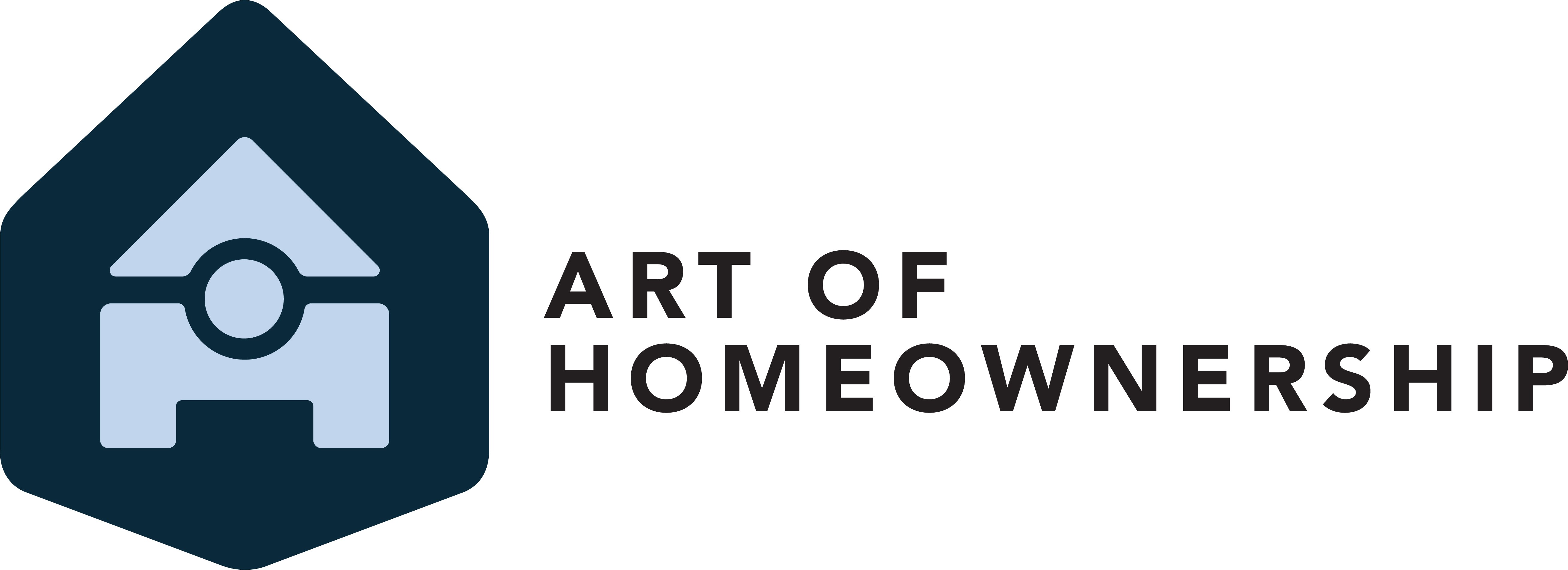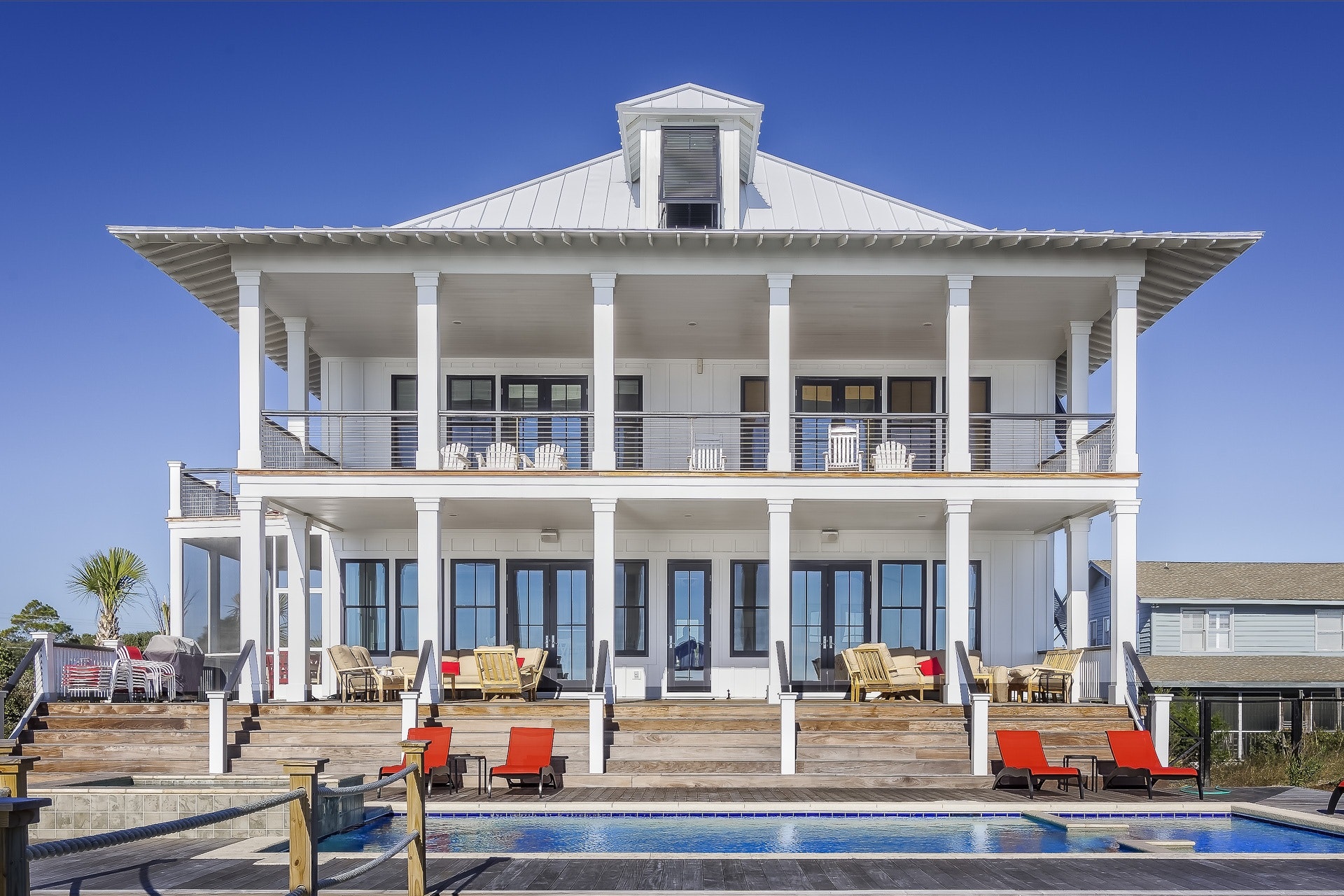How to Get Started With Buying An Investment Property
If you’ve built up your finances to the point you’re ready to invest and want your money to work for you, then buying your first rental property my be an excellent opportunity to grow that money and have something real behind it, rather than investing in stocks or NFTs.
Why Buy Rental Property as an Investment?
If you pick the right rental property, you can have your mortgage paid by renters while your property investment grows. Then, once the timing is right, you’ll be able to sell your first rental property and move onto bigger and better property investments to ultimately have passive income during your retirement.
The big question is how to buy your first rental property and what things you should be considering. It’s easy to take your money and buy an investment property to rent out, but without some thought, you could spend more money than you’ll ever make on your investment.
Keep reading for more information on buying your first rental property.
What Should You Do Before Buying Your First Rental Property?
By buying a rental property, you can increase your wealth through appreciation of your investment, and you can receive passive income if you’re able to follow a few simple guidelines.
1. Research Rental Properties
You need to plan and research your first rental property. You need to decide your budget, whether you want to increase the value of your investment or want to use your rental property as a passive income source.
You also need to consider what type of renters you want and what location you’re going to search for a rental property within. For example, will the area be highly desirable for students, or will you be trying to rent to families that want to stay in the property for a long time and look after it?
You should also decide if you will manage the property or whether you’re going to hand it off to a property management company so that you’re completely hands-off and just receive the passive income or sell the property when values are high.
2. Pick Desirable Locations To Scout
Once you know what type of renters you want and what kind of property you’ll buy, you can start scouting locations for your first rental property that have desirable amenities to renters you’re hoping to target.
If you’re looking for students who won’t complain too much and just pay their rent, then buying close to public transport and universities will be an excellent first step.
If you’re hoping to target families, finding quiet locations close to schools and shopping will be a better choice for you.
3. Research Your Requirements As A Landlord
Before you buy your first rental property, you should understand what your requirements are as a landlord and whether you will be performing them all or if you’ll hand everything off to a property management company.
As a landlord, you are responsible for the repair and upkeep of your property. If anything breaks in your first rental property, then you’re going to need to handle it and not the tenant.
Even if the house or apartment is brand new, repairs will be required at some point.
You have three options with varying costs involved:
- Take responsibility for all repairs and do them yourself. You’ll need to become handy with tools, appliances, and have the time to get everything done quickly.
- Hire professionals when something needs fixing, this will have increased costs and cut into your passive income, and it will depend on the age of your property and your luck on how much you’ll need to pay.
- Hire a property management company to take care of the entire process. They will be responsible for getting tenants, repairing the property, and you just receive your passive income. The costs can be higher, but your time investment is much lower.
4. Build A Safety Net and Review Expenses
Buying your first rental property can take a lot of your money and if you don’t have a safety net for your finances or an understanding of your ongoing costs, then surprise costs or loss of your passive income can have a huge impact on you.
As mentioned above, you’re responsible for repairs of everything. At some point, you may need to paint your property, replace the flooring, and bring your rental property back up to acceptable standard to rent, especially if a tenant hasn’t been looking after the property.
If a tenant leaves early or you can’t replace a tenant straight away, then you’re also going to be losing your passive income and your primary payment source for your mortgage. If you can’t cover your mortgage through a safety net or your other investments, then you could find yourself into debt and have a chance of losing your first rental property.
The advice is to make sure that you can cover all expenses if you don’t have a tenant in your property and make sure that you have money set aside for repairs and upgrades as needed.
5. Pick Appropriate Financing
Your first rental property may be a stepping stone for you to grow your investment through reselling the property as it appreciates, and you just need a renter to cover your costs.
Alternatively, your rental property may be a long-term investment to have passive income during your retirement.
Both options require different types of financing, so it’s essential to determine your goal and discuss your options with your lender.
The amount you have to pay every month can vary based on the type of financing you pick, and your rental payments should be able to cover the mortgage, ongoing expenses, and if required, there should be enough left over for reasonable passive income for you.
Before you buy your first rental property, you should calculate costs and figure out what type of financing you need and ensure that you get it.
Are You Ready To Buy Your First Investment Property?
If you’ve reviewed the guidelines above, you should better understand how to buy your first rental property and many of the crucial aspects you need to consider, so that your property investment is profitable and doesn’t end up costing you more than you will make.
Ready to buy your first investment property? We’d love to help! Reach out to one of our Art of Homeownership Mortgage Professionals today!




SUBMIT YOUR COMMENT